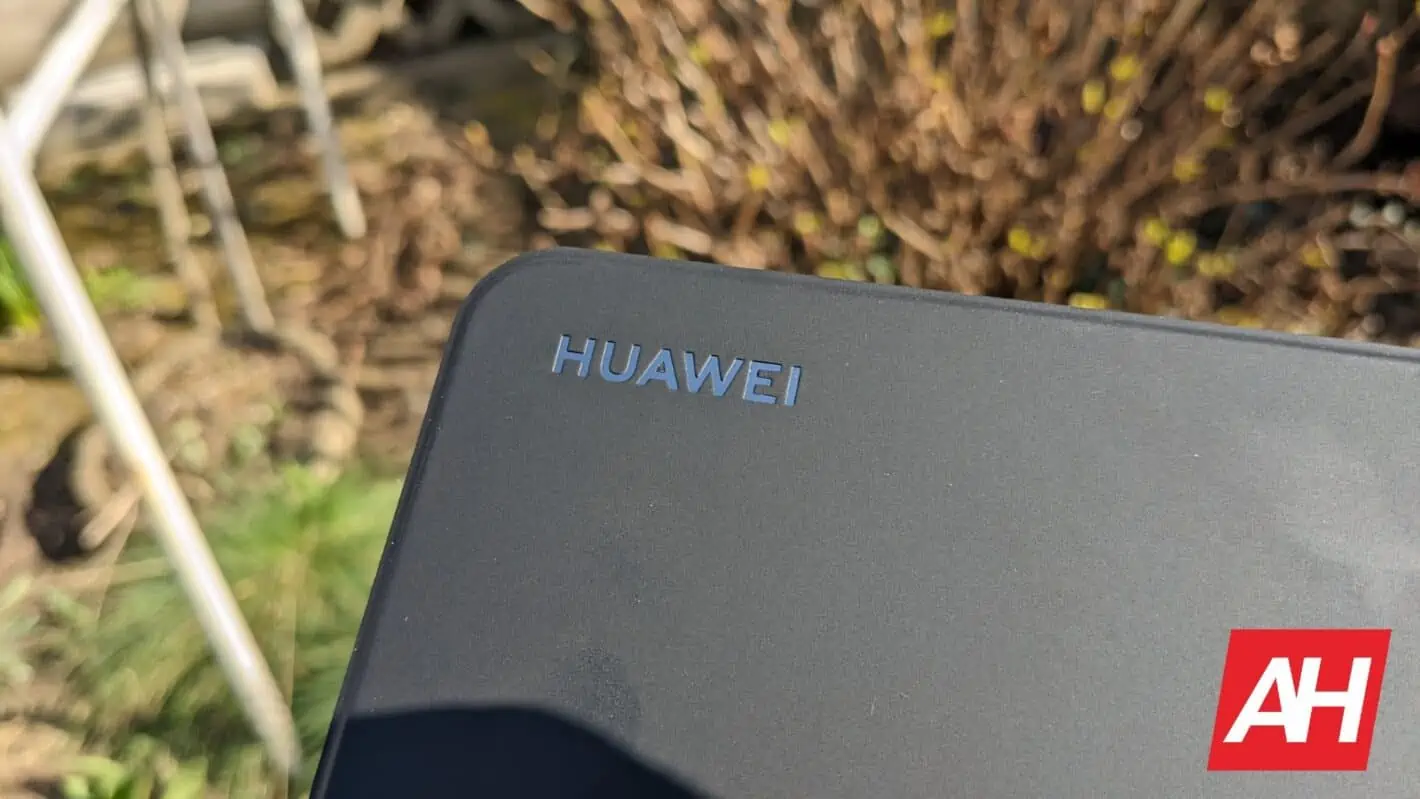Huawei chairman Guo Ping has reportedly confirmed in the company’s 2021 annual report conference that it will be using stacked chips technology to make older chip processes work better for its devices. That’s based on a post shared on China’s Weibo social media network.
The details in the statements allegedly coming from Guo Ping are slim. But, given that other companies are also aiming to use chip stacking for a similar purpose, the statement does make sense. Not least of all because less advanced process nodes can be stacked vertically to improve efficiency. And potentially match the performance of traditional unstacked chipsets.
What exactly does this mean for Huawei?
More importantly, Huawei still doesn’t have access to technology component makers from around the world. And hasn’t since at least 2019, following sanctions placed on the company by the US. The sanctions effectively cut off Huawei cut off from the overwhelming majority of major players in that space. And, subsequently, to a risk that its own Kirin-branded chips would ultimately fall behind.
Of course, the technology Huawei plans to use may or may not be different from the stacking technology that’s already dominated the news recently. And Huawei has not claimed to have joined any of the associated consortium groups. Instead, insisting that it can compete on its own footing. The technology Huawei is referencing could also be different from recent advances in stacked chips introduced by Samsung and others over the past several years.
However, the use of something similar does appear to be the most likely implication.
The Weibo post effectively says that “bloggers” who say Huawei hasn’t been working on stacked chips are wrong. Likely referencing reports similar to those linked here. Suggesting that Huawei has already been working on the technology for some time in response to the above sanctions. And hinting that the technology will be usable in phones as well as its mobile networking products.
If that’s the case, the biggest drawbacks to using chip stacking are the amount of space taken up and increased potential heat generation.

